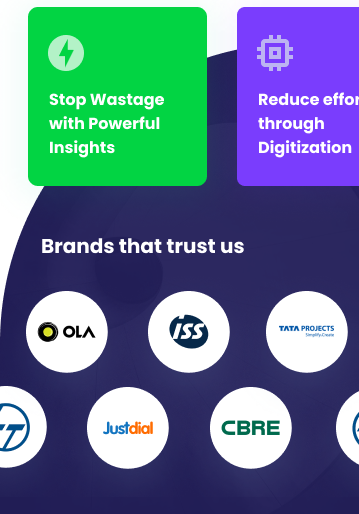🌎 The Net Zero Urgency: Quick Facts
- Buildings are responsible for 39% of global energy-related carbon emissions. (World Green Building Council)
- Operational energy use accounts for 28% of these emissions — the rest comes from material and construction impacts.
- To meet global climate targets, buildings must achieve at least 80% reduction in operational emissions by 2050. (IEA)
Net zero buildings aren’t just a vision for the future — they are an urgent necessity today.
And Smart Building Management Systems (BMS) are pivotal to making it happen.
At Know Your Building®, we believe smarter management leads to greener operations — helping buildings slash carbon footprints, cut energy costs, and future-proof assets.
How Smart BMS Systems Drive Net Zero Progress
1. Real-Time Energy Optimization
Smart BMS platforms continuously monitor and optimize key building systems, including:
- HVAC (heating, ventilation, air conditioning)
- Lighting
- Water heating
- Plug loads and appliances
✅ Impact:
Dynamic energy adjustments reduce unnecessary consumption, dramatically lowering a building’s carbon emissions.
2. Predictive Maintenance and Efficiency
Instead of reactive maintenance, smart BMS uses predictive analytics to:
- Detect inefficiencies early (e.g., HVAC leaks, faulty insulation)
- Optimize operational timings
- Prevent equipment overuse
✅ Impact:
Maximized equipment lifespan, reduced energy waste, and minimized carbon-heavy replacements.
3. Integrating Renewable Energy and Storage
Smart BMS systems easily integrate with:
- Solar panels and onsite renewables
- Battery energy storage systems (BESS)
- Demand-response programs
✅ Impact:
Buildings consume cleaner energy, shift loads intelligently, and reduce dependence on fossil-fuel grids.
4. Smarter Occupancy and Space Management
Using occupancy sensors and smart access control integration, BMS can:
- Power down vacant zones
- Adjust HVAC and lighting based on real-time usage patterns
- Optimize room scheduling for maximum efficiency
✅ Impact:
Lowered energy usage across underutilized spaces — a hidden carbon-saving opportunity.
5. Data-Driven Carbon Reporting
Smart BMS platforms automatically generate:
- Energy and emissions tracking
- Sustainability performance reports
- Green certification (LEED, WELL, IGBC) ready outputs
✅ Impact:
Simplified ESG reporting, greater transparency, and accelerated progress towards net zero commitments.
Why Know Your Building® Leads in Smart Sustainability
At Know Your Building®, we deliver Cloud-Native Wireless BMS systems that:
- Continuously optimize building operations in real-time
- Connect seamlessly with energy meters, renewables, HVAC, lighting, water, and access systems
- Enable predictive maintenance to minimize inefficiencies
- Support sustainability certifications and ESG goals with automated data reporting
Whether you’re retrofitting an existing building or designing a new one, Know Your Building® gives you the tools to cut carbon, save costs, and achieve net zero smarter and faster.
🌟 Manage Smarter. Emit Less. Achieve Net Zero.
👉 Ready to decarbonize your building operations?
Explore Know Your Building® and start your journey towards net zero today.














